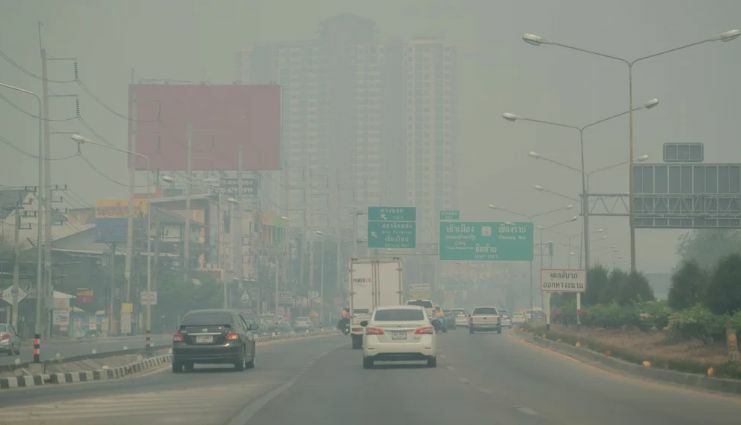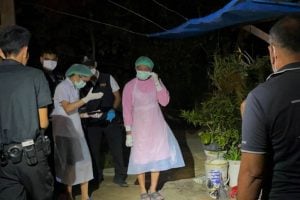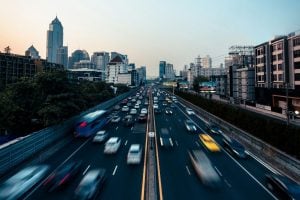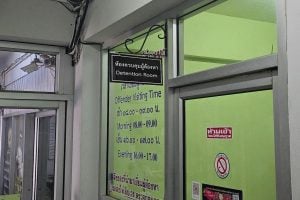Thailand faces worsening air pollution crisis in northern regions

The air pollution crisis in northern and northeastern Thailand has been exacerbated by hazardous PM2.5 levels, exceeding safety standards in 42 provinces. Forecasts for February 18 to February 24 predict worsening conditions in the north, with a potential increase on February 18.
The Air Pollution Resolution Communication Centre reported today, February 17 that numerous provinces, including Pathum Thani, Bangkok, Nakhon Pathom, Samut Prakan, Chiang Rai, Nan, Mae Hong Son, Phayao, Chiang Mai, Lamphun, Lampang, Phrae, Uttaradit, Sukhothai, Phitsanulok, Tak, Kamphaeng Phet, Phichit, Phetchabun, Nakhon Sawan, Uthai Thani, Chai Nat, Sing Buri, Lop Buri, Saraburi, Ayutthaya, Kanchanaburi, Prachin Buri, Bueng Kan, Nong Khai, Loei, Nong Bua Lamphu, Khon Kaen, Kalasin, Maha Sarakham, Roi Et, Chaiyaphum, Yasothon, Ubon Ratchathani, Nakhon Ratchasima, Buriram, and Surin, are experiencing air quality levels above the standard.
In the north, PM2.5 levels predominantly range from 27.7 to 93.6 microgrammes per cubic metre. The northeast shows similar trends, with 21.6 to 60.4 microgrammes per cubic metre.
The central and western regions exceed standards in six areas, registering between 17.0 and 72.6 microgrammes per cubic metre. In the east, two areas exceed the standard with readings from 17.2 to 44.8 microgrammes per cubic metre. The south remains within acceptable limits, ranging from 15.5 to 27.2 microgrammes per cubic metre.
Bangkok and its surrounding provinces, assessed by the Pollution Control Department in collaboration with Bangkok officials, report excessive PM2.5 levels in 20 areas, with readings from 25.5 to 45.0 microgrammes per cubic metre.
Health recommendations advise the general public to monitor their health, reduce outdoor activities, or use protective equipment. Those with specific health concerns should limit outdoor exposure and consult a doctor if symptoms arise. Residents in high-impact areas (marked in red) should avoid outdoor activities and seek medical advice if necessary.
Forecasts for February 18 to February 24 indicate a potential reduction in PM2.5 levels in Bangkok and surrounding areas from February 19 to February 22, though vigilance remains necessary in certain zones. Northern provinces may see increased levels from February 18 to February 21, requiring ongoing monitoring, reported KhaoSod.
The northeast is expected to improve from February 23 to February 24, while the east anticipates a decline from February 19 to February 22. The south is expected to continue experiencing good air quality.
Latest Thailand News
Follow The Thaiger on Google News:


























